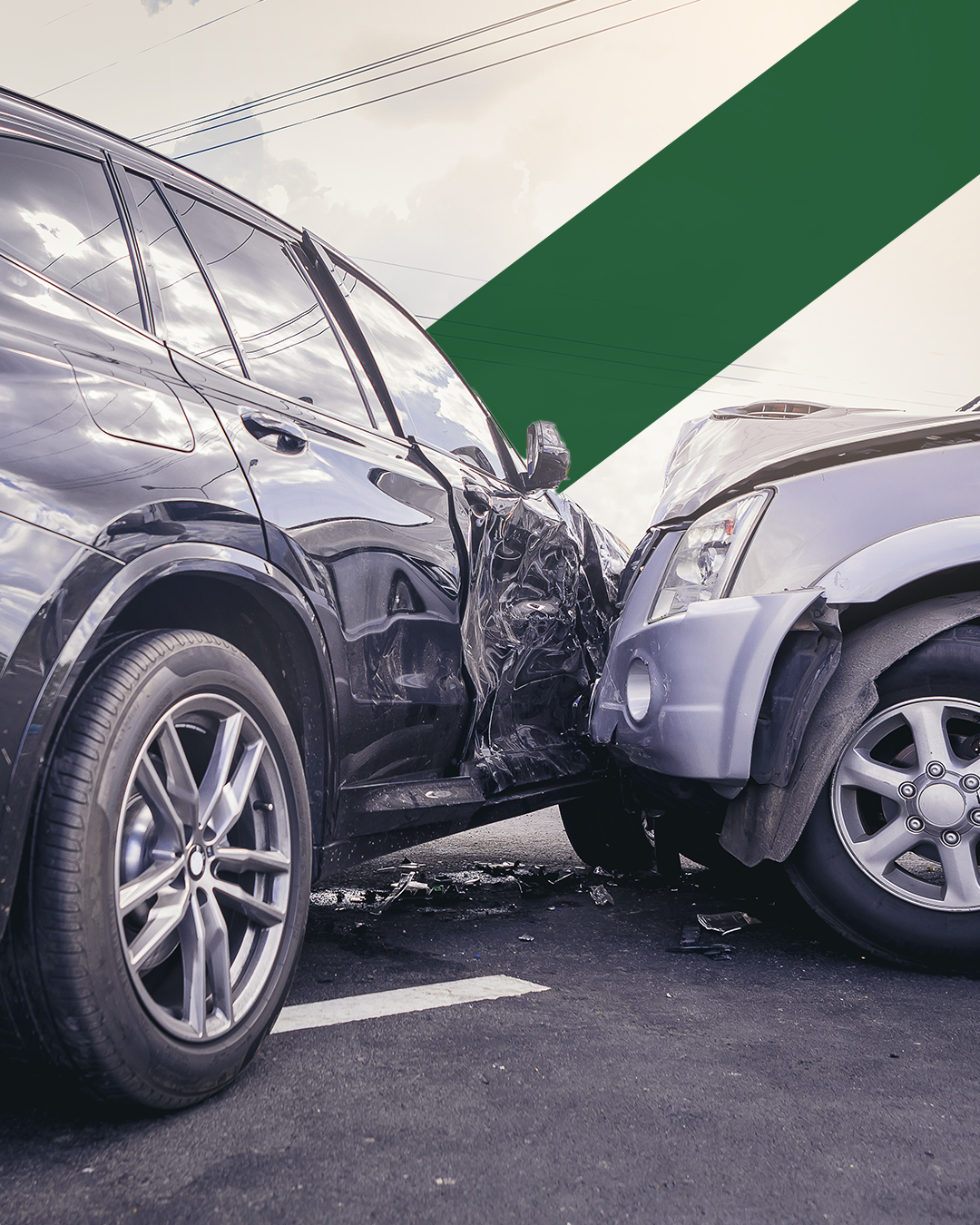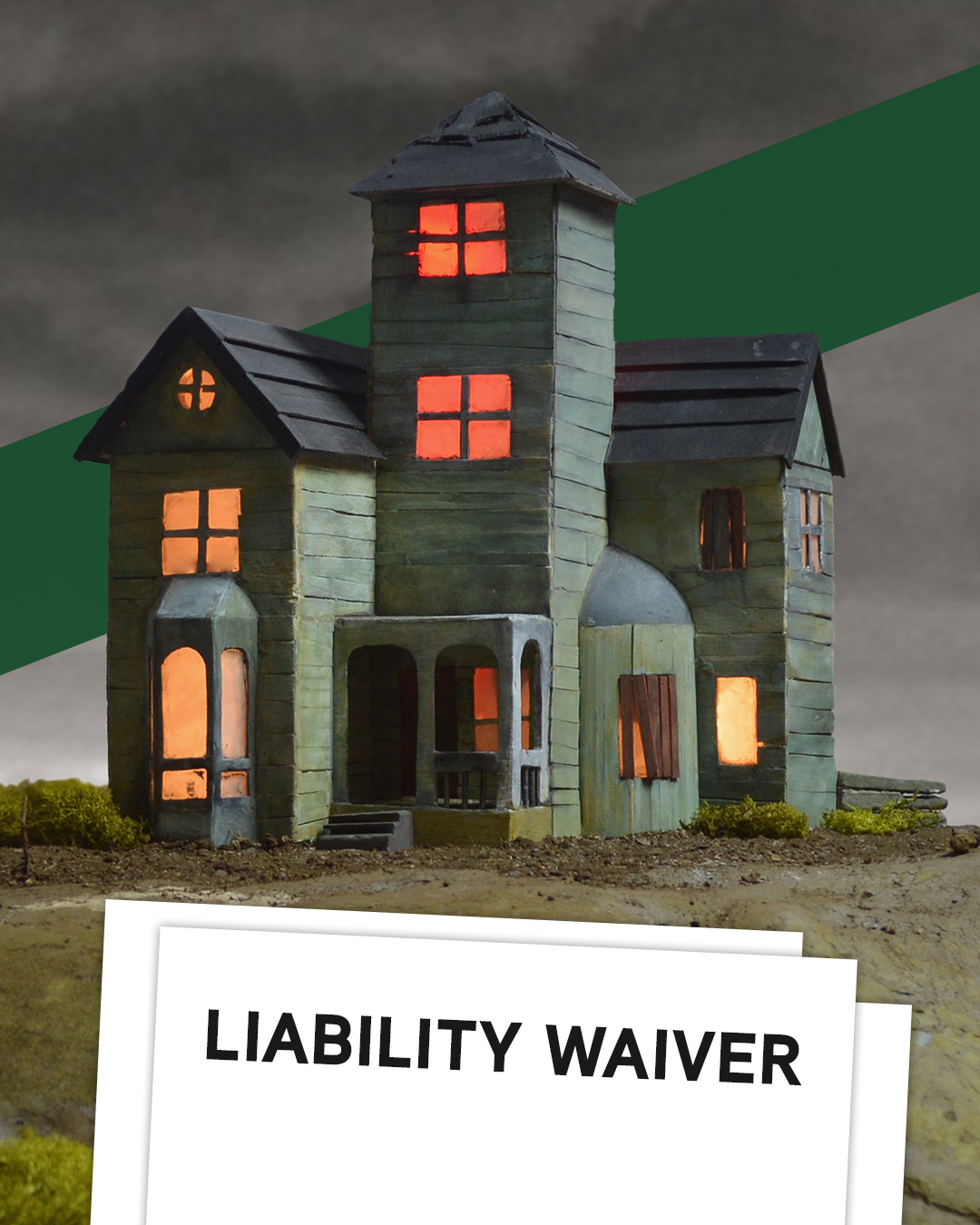The Top 5 Causes of Pennsylvania Car Crashes
Each year, Pennsylvania drivers are involved in more than 125,000 car crashes. More than 88,300 (about 70%) of those wrecks result in severe injuries or catastrophic damages. Because the rate of injuries is so high, all Pennsylvania drivers should take a moment to understand the top five causes of car crashes in our state and what we can do to prevent these accidents in the future.
The Top 5 Causes
According to the 2019 Pennsylvania Department of Transportation (PENNDOT) report, Pennsylvania Crash Facts and Statistics, the overwhelming majority of car crashes were caused by driver error or carelessness. The top five causes of serious car crashes were:
5. Intoxicated Driving: 8,000 crashes
4. Careless Driving: 12,000 crashes
3. Improper Turning: 13,000 crashes
2. Distracted Driving: 14,000 crashes
1. Speeding: 30,000 crashes
Some of these, like speeding and intoxicated driving, seem obvious. Others, like improper turning and careless driving, can seem a little ambiguous. To better understand how these crashes occur and what we can do to avoid them, let’s look at each of these factors in detail.
5. Intoxicated Driving
There’s simply no excuse for drinking and driving. Even one drink can impact your reaction times and reduce your depth perception. If you can’t drive yourself, either ask someone else to take you home or stay where you are until you sober up.
Be especially careful when driving around the holidays. PENNDOT found that roughly 70% of all DUI-related crashes occur on Memorial Day weekend or Thanksgiving week. If you’re on the road and see someone who does not have control of their vehicle, consider pulling over or otherwise letting them pass you. The farther you are behind a reckless driver, the better your chances of avoiding a crash.
If the driver is especially reckless or swerving across the road, you may want to call the local police and report a potential DUI.
4. Careless Driving
Careless driving is a broad term that describes situations like failing to stay in lane, weaving in and out of traffic, rolling through stop signs, not using turn signals, and many others. Generally, careless driving is a symptom of either aggressive driving technique or distractions.
The best way to prevent careless driving is to exercise defensive driving techniques. Drive at the flow of traffic, stay in your lane unless you need to pass a slower driver, and always drive with the expectation that someone around you will make the wrong decision.
3. Improper Turning
Poor turning technique is especially prevalent in cities and suburbs. Often these are from two specific kinds of turns: Right turns against a red light and unprotected left turns. When turning right, drivers may miss oncoming traffic or try to get up to speed before traffic reaches them. It’s always best to wait until you’re sure it’s safe to turn than to risk pulling out into oncoming traffic.
Unprotected left turns, on the other hand, are about 55x more dangerous than right turns. Where a right turn only faces traffic from one direction, an unprotected left turn requires that a driver enter the intersection and expose themselves to traffic from three lanes. Again, it’s better to air on the side of caution and wait until you’re sure it’s safe to turn.
2. Distracted Driving
Between cellphones, eating while driving, in-car infotainment systems, and becoming lost in thought, it seems like there are more driving distractions than ever. While these distractions are dangerous and a leading cause of Pennsylvania car crashes, it’s important to remember that you are in control and have the power to prevent distracted driving before it happens.
Before you set off, put your phone in do not disturb mode or airplane mode. If you go through a drive-through, either pull over to eat or wait until you reach your destination. Most importantly, if you find yourself in a mental fog and realize you’re not paying attention, try to focus on a nearby car or the lines on the road to recenter yourself.
1. Speeding
Speeding accounts for nearly half of all severe Pennsylvania car crashes, and it’s easy to understand why. The faster a car is going, the less time the driver has to react to oncoming hazards. At the same time, a faster car has more energy to disperse in a crash. That means crashes, where someone was speeding, are not only more common but often more fatal.
The best way to avoid these crashes is to keep an eye on your speedometer. If you notice that you’re going too fast, coast down until you match the speed limit. Most importantly, remember that speeding is dangerous regardless of whether you’re on an empty rural road or a crowded highway.
If you suffered severe injuries through no fault of your own, we can help. If you’d like to schedule a free case consultation with an experienced Luzerne County car accident attorney from Slusser Law Firm, please don’t hesitate to give us a call at or send us an email.




